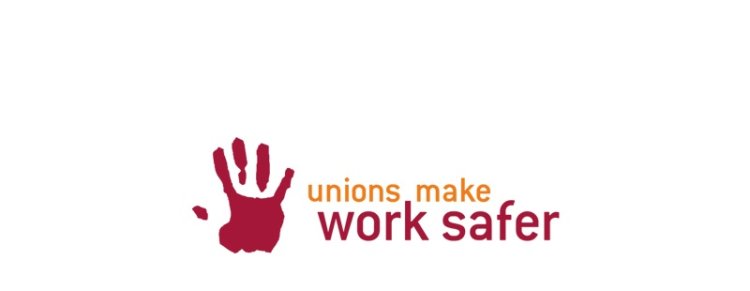Les lieux de travail en Europe utilisent 5675 produits chimiques considérés comme cancérogènes, mutagènes ou toxiques pour la reproduction (CMR) par les fabricants ou importateurs, selon les chiffres officiels. Sur les 5 675 produits chimiques commercialisés dans l’UE que les fabricants ou les importateurs ont considérés comme CMR, seulement 1169 ont été enregistrés - un écart qui inquiète l’institut européen de recherche syndical ETUI.
Lisez la suite en anglais
Europe’s workplaces are using 5,675 chemicals that manufacturers or importers consider to be carcinogenic, mutagenic or toxic for reproduction (CMR).
The figures come in a January 2015 report of notifications to the European Chemicals Agency (ECHA). ECHA compared the data supplied by manufacturers and importers when notifying the classification and labelling of hazardous substances under the classification, labelling and packaging regulations (CLP) with the registration dossiers submitted by firms handling larger quantities of chemicals under the REACH rules.
Of the 5,675 chemicals marketed in the EU that manufacturers or importers regarded as CMRs, just 1,169 were registered – a discrepancy that alarmed the union thinktank ETUI.
“Why this is – and what makes NGOs and trade unions deeply unhappy – is that the REACH regulation only requires CMRs produced in Europe or imported in quantities of one tonne or more a year to be registered,” said the ETUI’s chemical risks expert Tony Musu.
ETUI said “a large number of CMRs are floating around the EU market outside the REACH registration procedure” intended to keep tabs on the risks of these hazardous chemicals to consumers’ and workers’ health.


